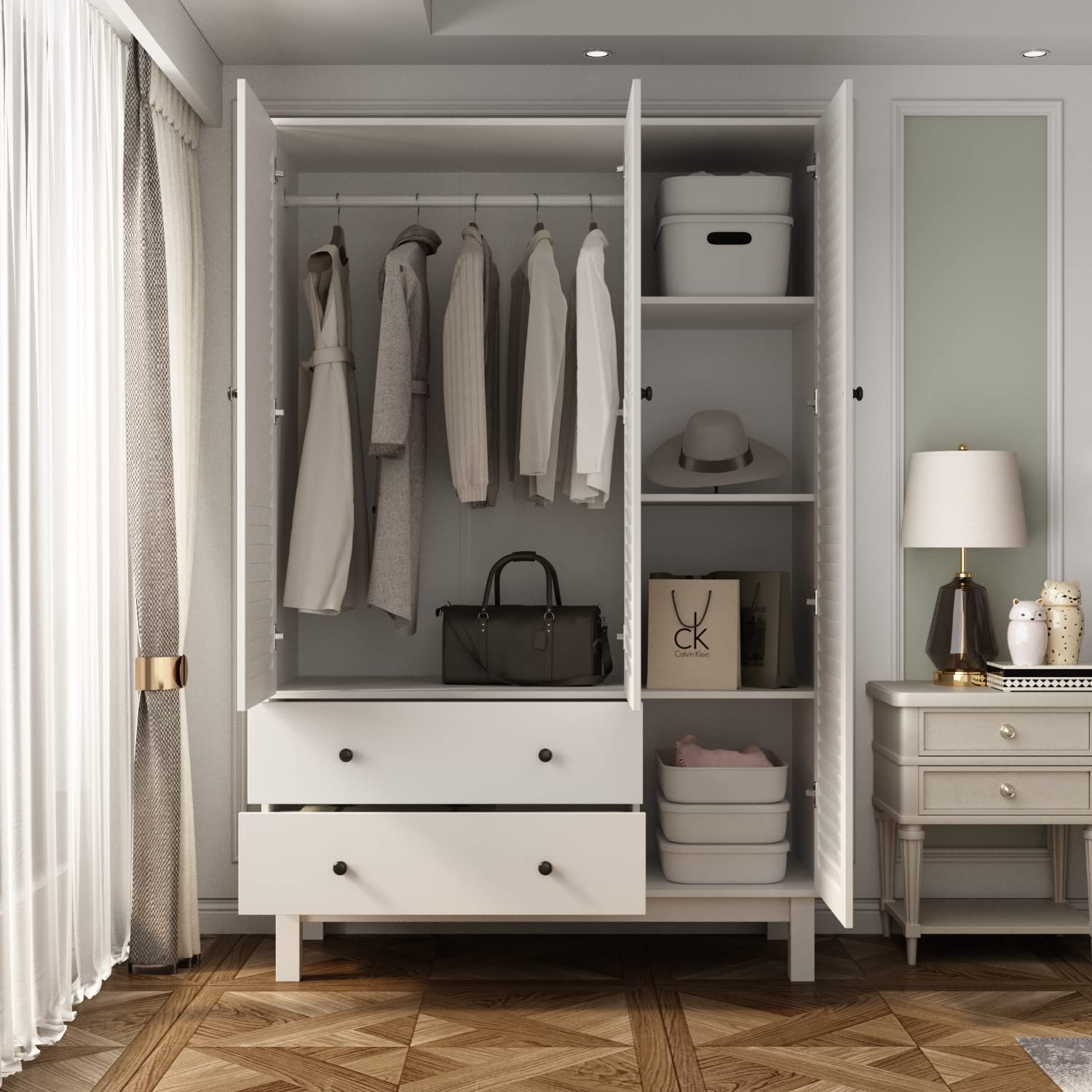

Articles
How To Organize A Clothes Closet
Modified: March 2, 2024
Learn how to optimize bedroom storage with our step-by-step guide on organizing your clothes closet. Maximize space and declutter efficiently!
(Many of the links in this article redirect to a specific reviewed product. Your purchase of these products through affiliate links helps to generate commission for Storables.com, at no extra cost. Learn more)
Introduction
Welcome to the ultimate guide on how to organize a clothes closet! Whether you have a small bedroom closet or a spacious walk-in wardrobe, keeping your clothes neat and organized can make a huge difference in your daily routine. No more searching for that missing sock or rummaging through piles of clothing to find your favorite shirt!
In this comprehensive article, we will walk you through the step-by-step process of assessing your current closet, sorting and purging clothes, organizing them by category, utilizing storage solutions, maximizing your closet space, and maintaining an organized closet in the long run. By following these tips and techniques, you can transform your chaotic closet into a well-structured and hassle-free space.
Before we dive into the nitty-gritty details, it’s important to understand the benefits of a well-organized closet. Not only will it save you time and stress when getting dressed, but it will also extend the lifespan of your clothing by minimizing wrinkles and preventing damage caused by improper storage. Additionally, a tidy closet contributes to a clutter-free living environment, promoting peace and harmony in your home.
So, are you ready to take control of your clothes closet and create an organized space that reflects your personal style? Let’s get started!
Key Takeaways:
- Transform your chaotic clothes closet into a well-structured and hassle-free space by following the step-by-step process outlined in this guide. Enjoy the benefits of an organized closet, making getting dressed a breeze!
- Maintain a clutter-free and visually appealing closet by regularly decluttering, practicing the “one in, one out” rule, and rotating seasonal items. Embrace the joy of a well-organized and functional space!
Read more: How To Clean Out Closet
Assessing your Current Closet
Before you start organizing your clothes closet, it’s important to assess its current state and determine what changes need to be made. This step is crucial because it allows you to identify any potential issues or limitations that may affect the organization process.
The first thing you should do is empty your entire closet. This may seem overwhelming, but it will give you a fresh canvas to work with. As you remove clothing and other items, take note of any damage, stains, or items that no longer fit or suit your style. This will help you decide whether to keep, donate, or discard them.
Next, evaluate the layout and storage options in your closet. Take note of the available hanging space, shelves, drawers, and any other storage features. Consider whether the current configuration is functional and efficient for your needs.
Now is also a good time to measure your closet’s dimensions. This will help you determine the amount of space you have to work with when selecting storage solutions and organizing your clothes. Make sure to measure the height, width, and depth of your closet.
While assessing your closet, pay attention to the lighting. Good lighting is essential for both finding and properly inspecting your clothes. If the current lighting is inadequate, consider adding brighter bulbs or installing additional lighting fixtures.
Lastly, assess the current organization system, if any, in your closet. Are your clothes haphazardly thrown together? Do you have a system in place, but it no longer serves your needs? Consider your personal preferences and how you like to arrange your clothing, such as organizing by color, season, or style. This will help you create a new, customized system that suits your lifestyle.
By thoroughly assessing your current closet, you’ll have a better understanding of its strengths and weaknesses. This will enable you to make informed decisions when it comes to decluttering, organizing, and maximizing the space in your clothes closet. So, take the time to evaluate your closet and get ready for the next step in the organizing process.
Sorting and Purging Clothes
Now that you’ve assessed your current closet, it’s time to tackle the sorting and purging process. This step is essential for decluttering your wardrobe and creating space for the items you truly love and wear regularly.
Start by sorting your clothes into categories. Create piles for tops, bottoms, dresses, outerwear, and accessories. As you go through each item, ask yourself the following questions:
- Have I worn this item in the past year?
- Does it still fit me well and flatter my body?
- Is it in good condition (no stains, holes, or excessive wear)?
- Does it align with my current style and preferences?
Be honest with yourself and try not to hold onto items out of guilt or sentimental attachment. If you haven’t worn something in a year or it doesn’t fit or suit you anymore, it’s time to let it go.
As you sort through your clothes, create separate piles for donation, resale, and discard. Clothes that are in good condition and still have life left in them can be donated to charities or local shelters. Items that are in excellent condition and designer brands may be suitable for resale in consignment stores or online platforms. Anything that is torn, stained, or beyond repair should be discarded.
Purging your closet can be emotional, but remember that it’s a necessary step in creating a clutter-free and organized space. Letting go of items that no longer serve you opens up space for new possibilities and allows you to focus on the pieces that truly bring you joy.
Once you have sorted and purged your clothes, take the time to clean your closet. Dust the shelves, vacuum the floor, and wipe down any surfaces. This will create a clean and fresh starting point for the organizing process.
In the next section, we will dive into organizing your clothes by category, creating a functional and visually appealing layout in your newly purged and cleaned closet.
Organizing by Category
Now that you have sorted and purged your clothes, it’s time to dive into the exciting part: organizing your clothes by category. This approach not only helps you locate items more easily but also gives your closet a clean and visually appealing look.
Here are some tips to help you organize your clothes by category:
- Tops: Arrange your tops by sleeve length (short-sleeved, long-sleeved) or by style (t-shirts, blouses, sweaters). You can further organize them by color if you prefer.
- Bottoms: Sort your bottoms by type (pants, shorts, skirts) and then by length or style. Fold or hang them depending on the fabric and your personal preference.
- Dresses: Hang your dresses together, organizing them by length (short, midi, maxi) or by occasion (casual, formal). If you prefer, you can also separate them into different categories such as sundresses, cocktail dresses, and evening gowns.
- Outerwear: Whether it’s jackets, blazers, or coats, group your outerwear together. Arrange them by thickness or season, making it easier to find the right piece when you need it.
- Accessories: Dedicate a section of your closet to accessories such as belts, scarves, hats, and bags. Use hooks, hangers, or storage bins to keep them organized and easily accessible.
When arranging each category, consider the frequency of use. Place the items you wear most often within easy reach, while those you wear less frequently can be stored in less accessible areas.
Remember that there’s no one-size-fits-all approach to organizing by category. Adapt the system to fit your personal style and preferences. You can even create additional categories based on your specific wardrobe needs, such as activewear, work clothes, or special occasion outfits.
As you organize, take the opportunity to streamline your storage solutions. Invest in matching hangers or drawer dividers to create a cohesive and uniform look. Clear storage boxes or bins can be helpful for storing accessories or items that don’t need to be hung.
By organizing your clothes by category, you’ll not only make your everyday routine more efficient but also ensure that your clothes stay neat and easily accessible. Your clothes closet will become a well-structured space that reflects your personal style and makes getting dressed a breeze.
In the next section, we will explore storage solutions to maximize the functionality of your organized closet.
Use slim, matching hangers to maximize space. Organize clothes by type (shirts, pants, dresses) and then by color for a visually appealing and functional closet.
Utilizing Storage Solutions
Once you have categorized and organized your clothes, it’s time to explore storage solutions that will help maximize the functionality of your closet. These solutions will not only optimize the use of space but also keep your clothes protected and easily accessible.
Here are some storage solutions to consider:
- Hangers: Invest in quality hangers that suit the type of clothing you have. Velvet hangers help prevent slippage and maintain the shape of delicate items, while slimline hangers save space in your closet. Use hangers with clips for pants or skirts to keep them wrinkle-free.
- Shoe Racks or Cubbies: Whether you have a collection of sneakers or heels, a shoe rack or cubby system can keep your shoes organized and visible. Opt for a design that fits your closet space and the number of shoes you own.
- Drawer Dividers: Use drawer dividers to separate items within your drawers, such as socks, underwear, and accessories. This helps maintain order and prevents items from getting mixed up.
- Shelving: Install additional shelving if your closet space allows. This can be useful for folding bulky sweaters, storing handbags, or displaying accessories. Adjustable shelves offer flexibility to accommodate items of different heights.
- Storage Bins or Baskets: Use storage bins or baskets for items that are not suitable for hanging or need to be segregated. Label these bins for easy identification. They can be used for storing seasonal clothing, gym gear, or even scarves and belts.
Consider the layout and dimensions of your closet when selecting storage solutions. Utilize vertical space by installing hooks or hanging organizers on the inside of doors or walls. This can be useful for hanging belts, ties, or scarves.
Transparent storage solutions, such as clear bins or shoeboxes, can make it easier to see and access your essentials. If you prefer a visually cohesive look, opt for storage solutions in a matching color or material.
Experiment with different storage options and configurations to find what works best for you. Remember, the goal is to create a system that is practical, visually pleasing, and makes it effortless to find and retrieve your clothing and accessories.
Now that you have organized your clothes and utilized storage solutions, it’s time to tackle the task of maximizing the space in your closet. In the next section, we will explore tips for making the most of your available closet space.
Maximizing Closet Space
Maximizing the space in your closet is essential to create an organized and functional clothing storage system. By implementing smart strategies and utilizing every inch of available space, you can make the most of your closet and ensure that everything has its designated place.
Here are some tips to help you maximize your closet space:
- Use vertical space: Install additional shelving or utilize stackable storage bins to make use of the vertical space in your closet. This allows you to store items above and below each other, effectively doubling your storage capacity.
- Utilize doors: Take advantage of the inside of closet doors by attaching hooks or hanging organizers. This provides additional storage for accessories like belts, ties, or scarves.
- Invest in slimline hangers: Slimline hangers not only save space but also create a uniform and visually appealing look. Their sleek design allows you to fit more clothes onto the hanging rods.
- Stack or roll clothing: Maximize shelf space by stacking folded clothes neatly or rolling them to save space. This technique works well for items like t-shirts, sweaters, and jeans.
- Use shelf dividers: If you have shelves in your closet, invest in shelf dividers to keep folded items, like sweaters or pants, organized and prevent them from toppling over.
- Consider under-utilized areas: Think about utilizing the space under hanging clothes or on the floor of your closet. You can place storage bins, shoe racks, or even install pull-out drawers for additional storage.
- Rotate seasonal items: If you have limited closet space, consider rotating your seasonal clothing. Store out-of-season clothes in sealed containers or vacuum-sealed bags and place them in a designated spot, such as under your bed or in another storage area.
Remember to maintain a sense of order and keep your organized system intact. Regularly declutter and remove items that no longer serve you to prevent the re-accumulation of unnecessary items.
By implementing these space-maximizing techniques, you can transform even the smallest of closets into an efficient and spacious storage area for your clothes and accessories. Now that you have an organized and maximized closet, it’s important to maintain its functionality and keep it updated over time.
In the next section, we will discuss tips for maintaining and updating your organized closet.
Maintaining and Updating Your Organized Closet
Congratulations on successfully organizing and maximizing your closet space! Now that your clothes closet is in order, it’s important to follow some maintenance and updating tips to ensure that it remains a functional and clutter-free space.
Here are some strategies for maintaining and updating your organized closet:
- Regularly declutter: To prevent your closet from becoming cluttered again, make a habit of decluttering on a regular basis. Set aside some time each season to go through your clothes and assess what you no longer wear or need. This helps keep your closet organized and ensures that you only have items you truly love and use.
- Practice the “one in, one out” rule: Every time you purchase a new clothing item, consider removing an old one from your closet. This helps maintain a balanced and manageable wardrobe, preventing it from overflowing and becoming disorganized.
- Rotate seasonal items: As seasons change, rotate your clothes accordingly. Store off-season clothing in sealed containers or vacuum-sealed bags to keep them protected and free up space for current season clothing. This not only helps keep your closet organized but also makes it easier to find specific items for the current season.
- Keep it tidy: Develop the habit of tidying up your closet regularly. Hang up clothes, fold items, and return accessories to their designated places. This prevents accumulation of clutter and maintains a neat and visually appealing space.
- Make adjustments as needed: Over time, your wardrobe and personal style may change. If you find that your current organizational system no longer suits your needs, be open to making adjustments. Rearrange categories, invest in additional storage solutions, or reevaluate the placement of items to better accommodate your evolving wardrobe.
- Enjoy the benefits: Taking care of your organized closet not only saves you time and stress but also enhances your overall well-being. Embrace the benefits of an organized space – the ease of finding your favorite clothes, the joy of getting dressed in a clutter-free environment, and the sense of pride in having an organized and functional closet.
Remember, maintaining an organized closet is an ongoing process. Stay committed to regular maintenance and be mindful of your shopping habits to ensure that your hard work pays off in the long run. By doing so, you can enjoy a well-organized closet that reflects your personal style and makes getting dressed a breeze.
Now that we’ve covered the essentials of maintaining and updating your organized closet, it’s time to conclude our guide. With these tips and strategies, you are equipped to create and maintain a functional, clutter-free, and visually appealing clothes closet. Happy organizing!
Conclusion
Congratulations on successfully organizing and maximizing your clothes closet! By following the step-by-step process outlined in this guide, you have transformed your chaotic closet into a well-structured and hassle-free space. Now, getting dressed in the morning will be a breeze as you easily locate your favorite outfits and accessories.
Remember, organizing your clothes closet is not a one-time task but an ongoing process. Regular decluttering, maintenance, and updating are key to keeping your closet organized and functional. Stay committed to these practices to ensure that your hard work pays off in the long run.
Not only does an organized closet save you time and stress when searching for items, but it also extends the lifespan of your clothing by preventing damage from improper storage. Additionally, a clutter-free and visually appealing closet contributes to a peaceful and harmonious living environment.
Take pride in your organized closet and enjoy the benefits it brings. Each time you open your closet doors, relish in the satisfaction of a well-organized and functional space that reflects your personal style and makes getting dressed a joyful experience.
Thank you for joining us on this journey to master the art of organizing a clothes closet. We hope that you have found this guide helpful and that our tips and strategies have empowered you to create the organized closet of your dreams.
Happy organizing!
Frequently Asked Questions about How To Organize A Clothes Closet
Was this page helpful?
At Storables.com, we guarantee accurate and reliable information. Our content, validated by Expert Board Contributors, is crafted following stringent Editorial Policies. We're committed to providing you with well-researched, expert-backed insights for all your informational needs.
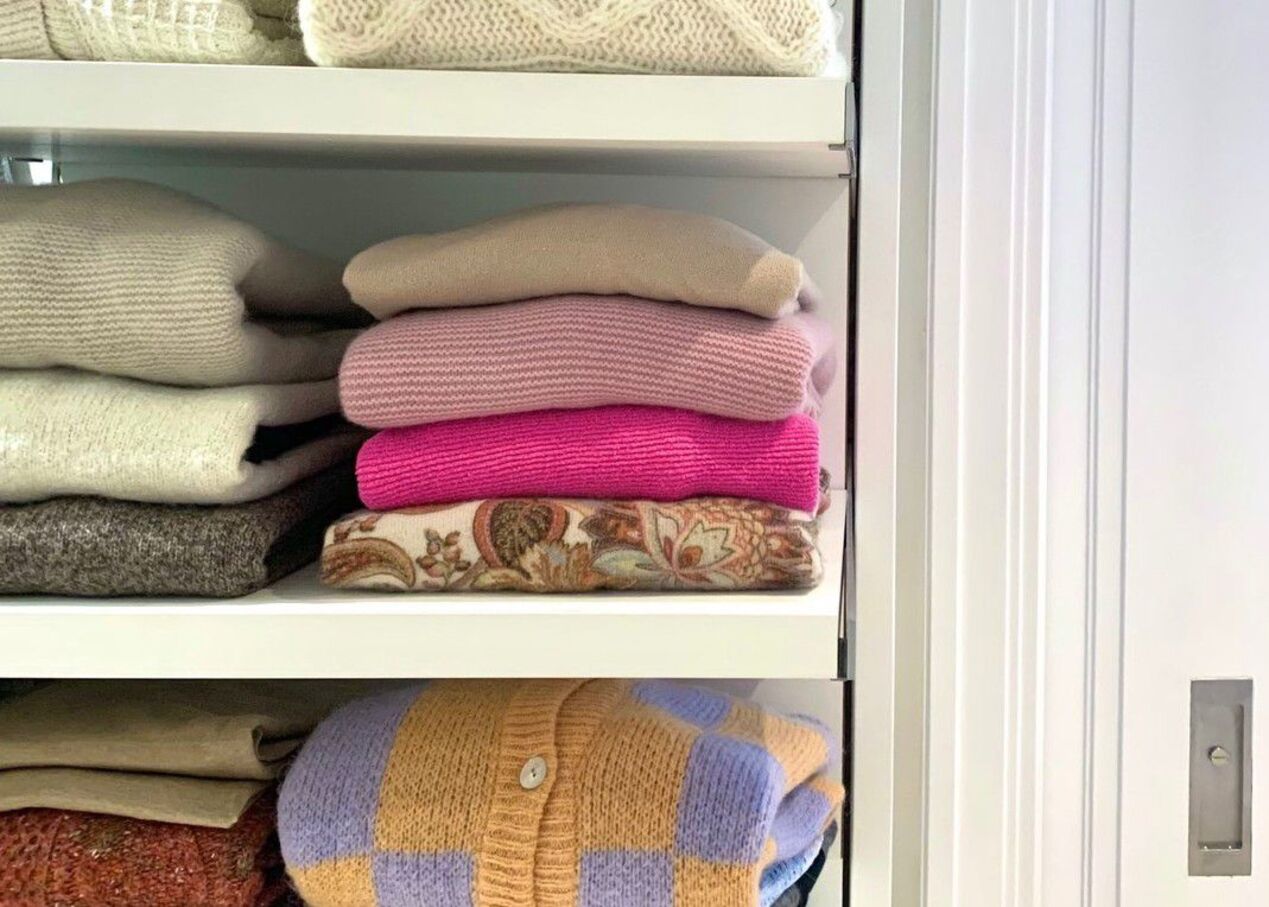
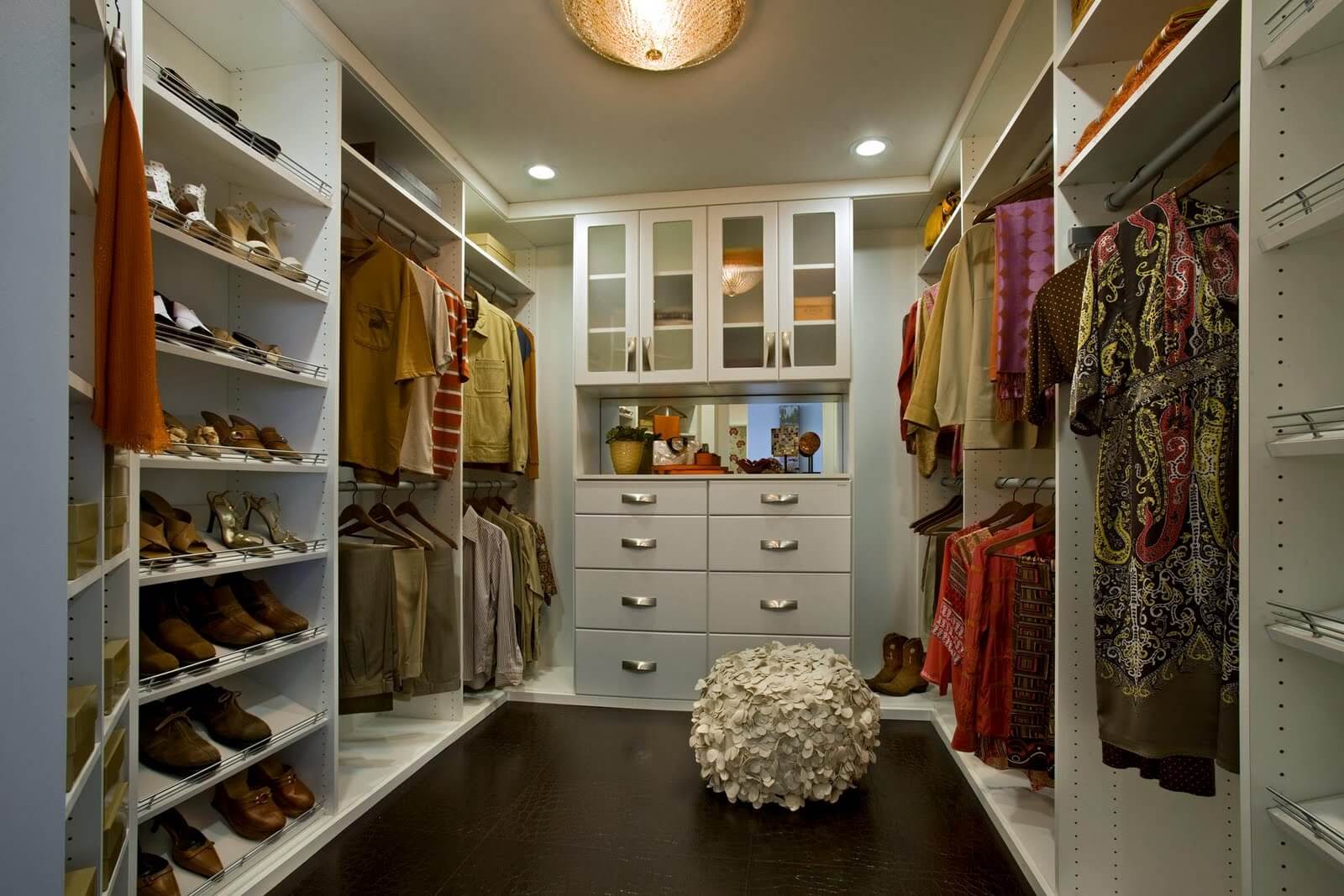
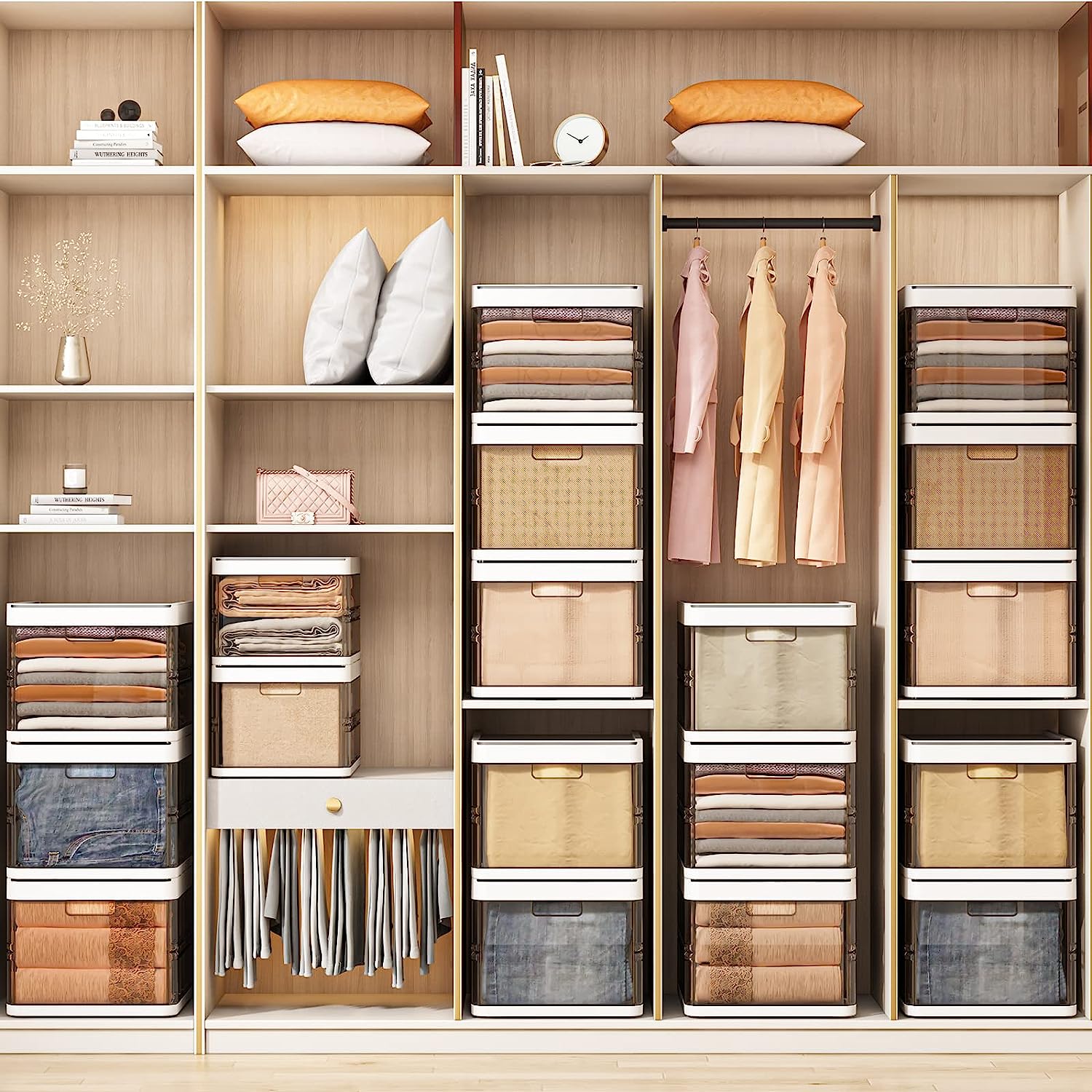
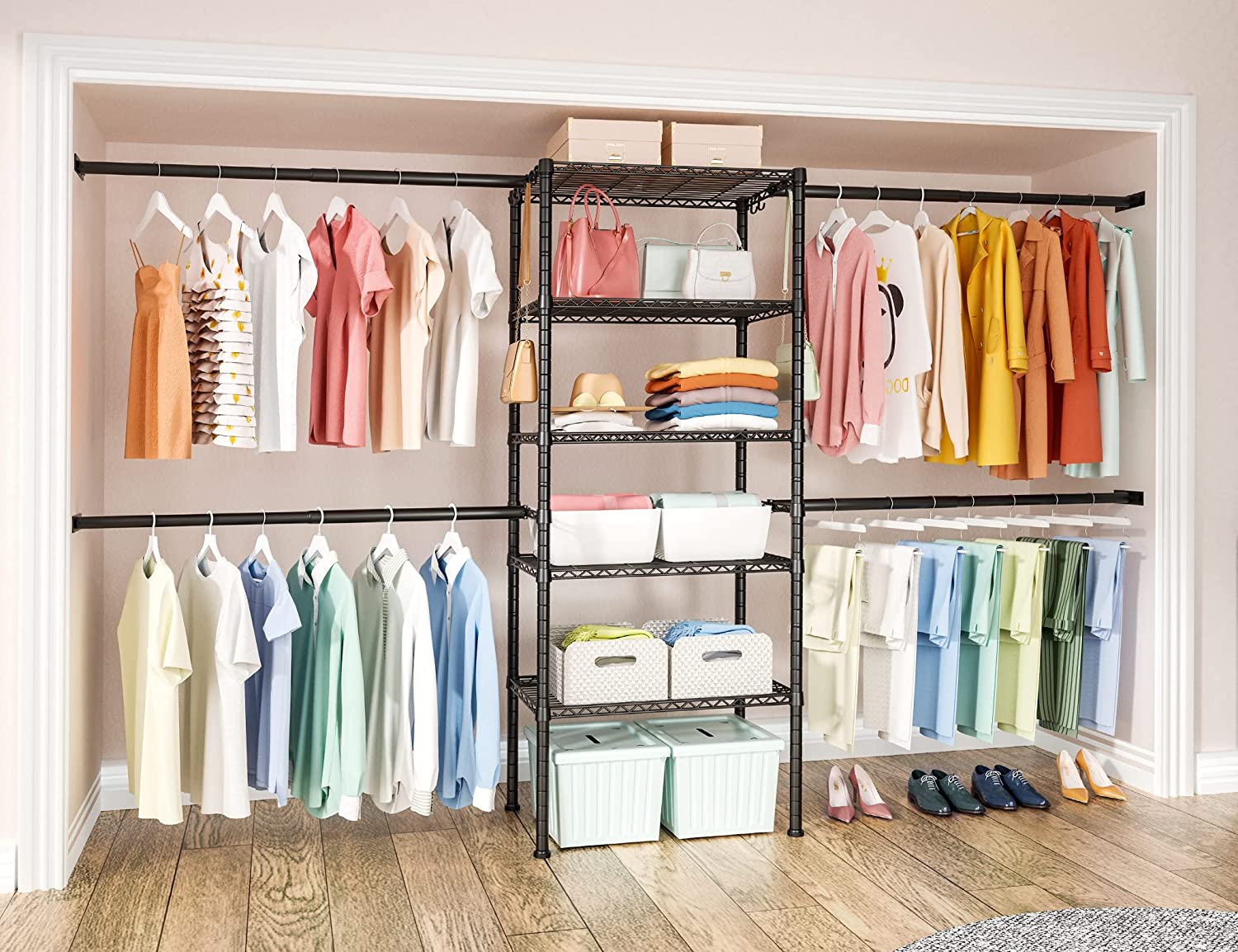
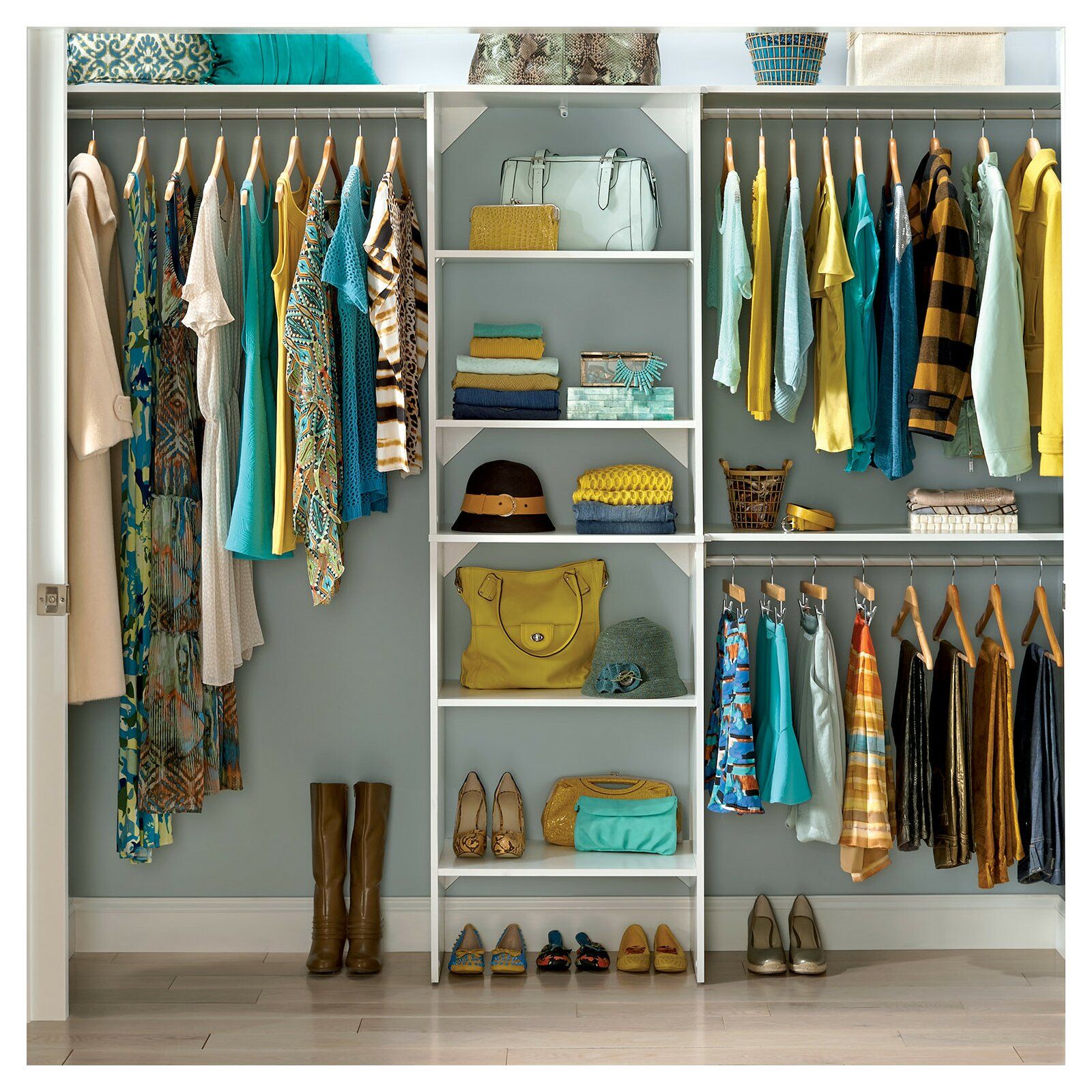
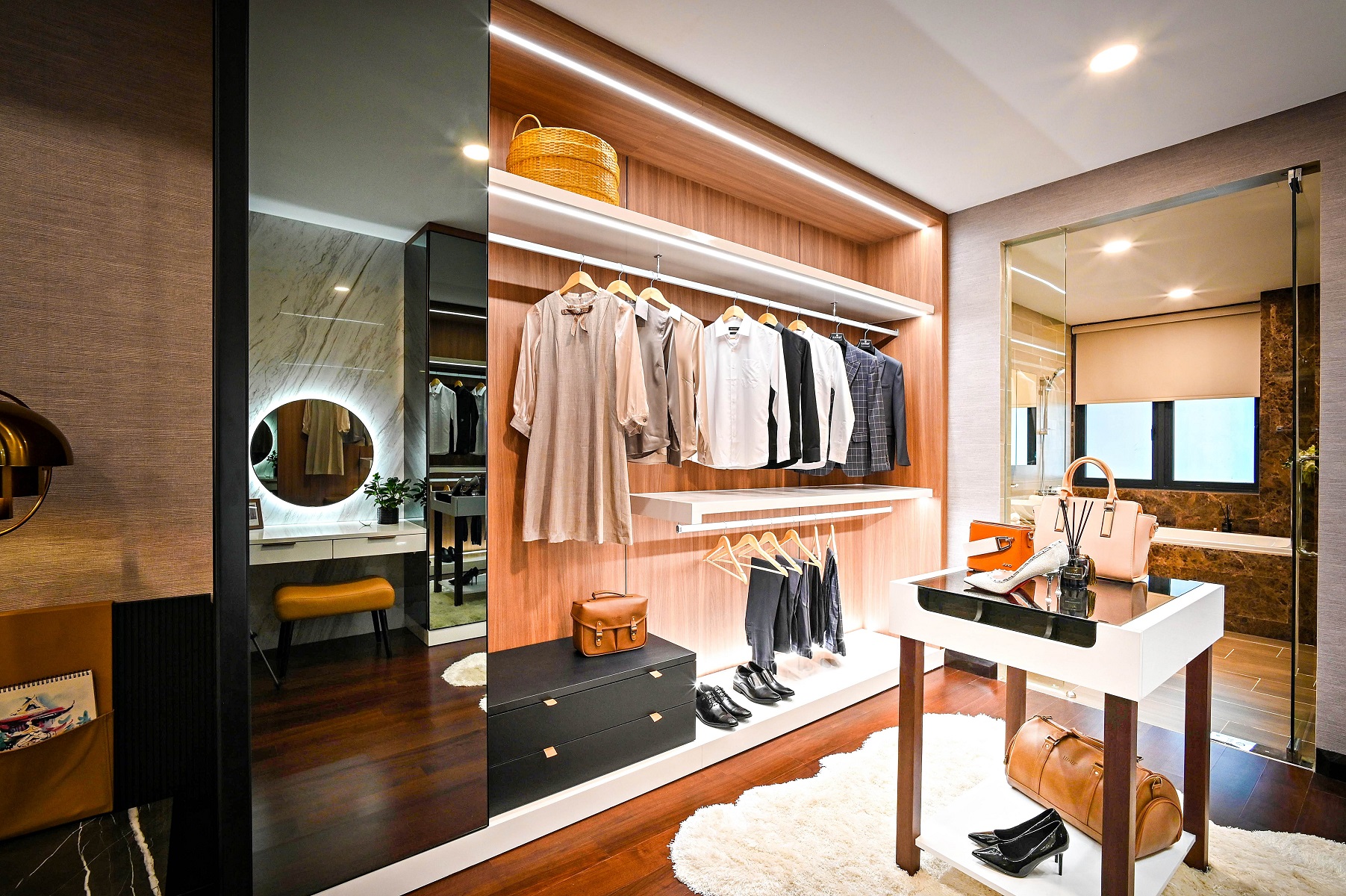
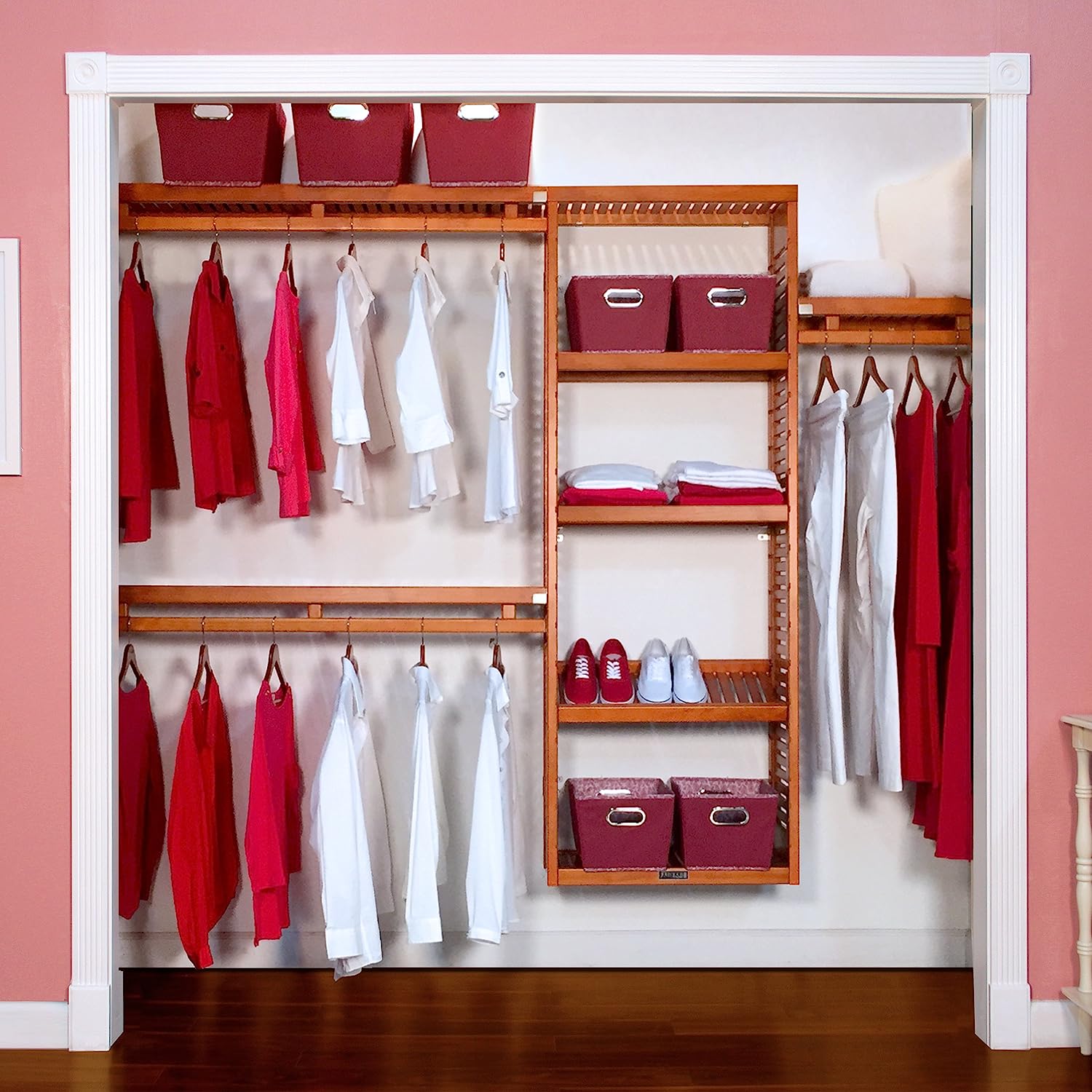
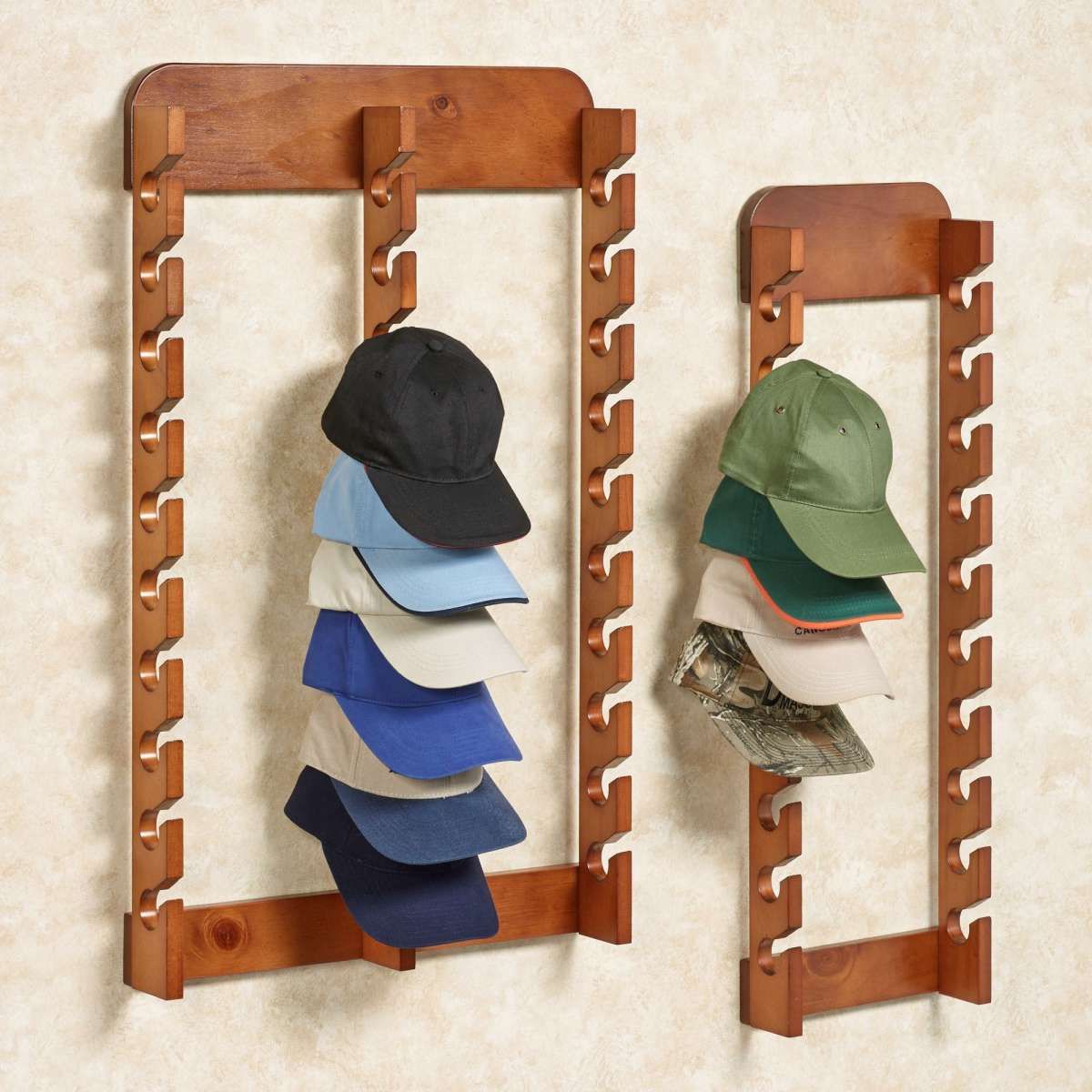
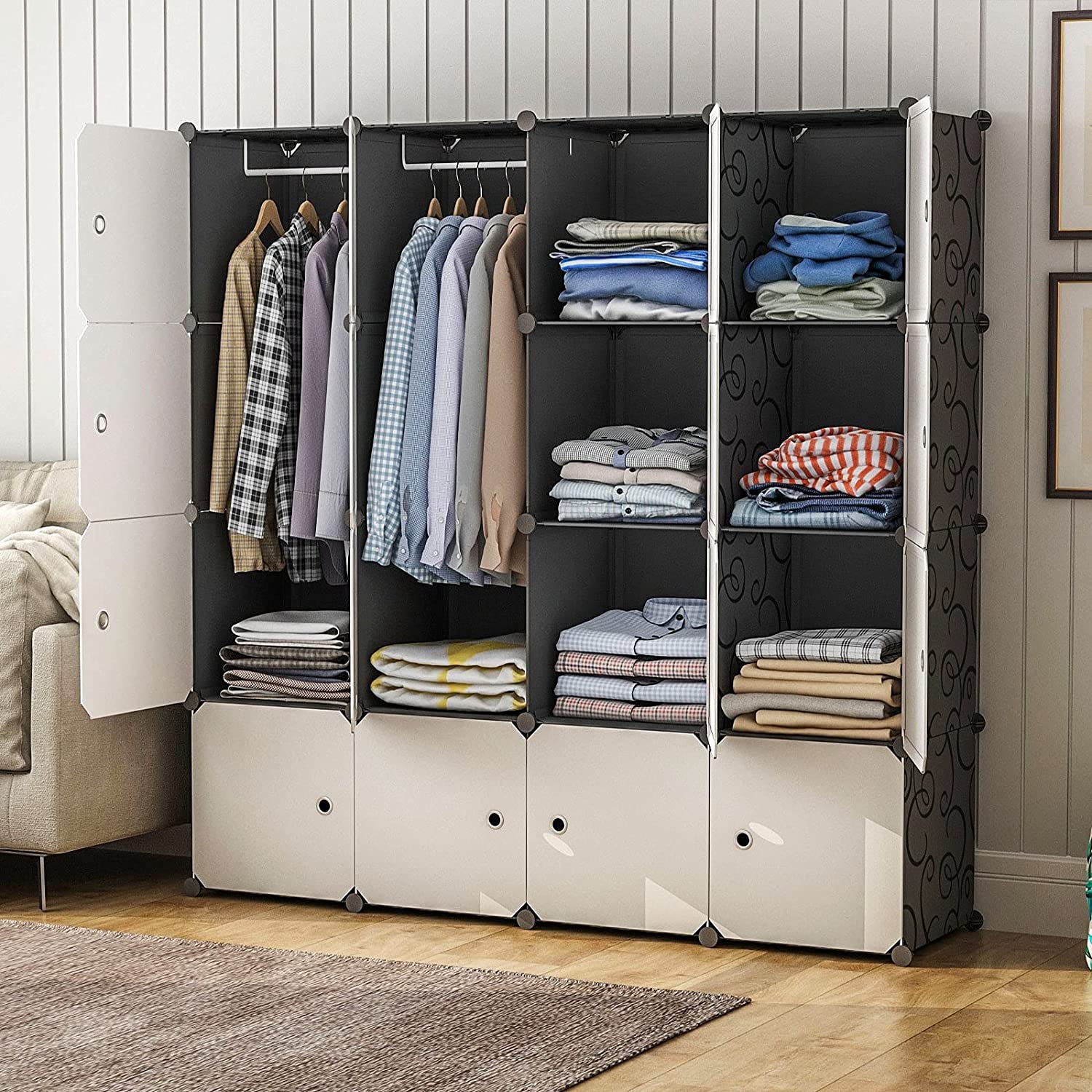
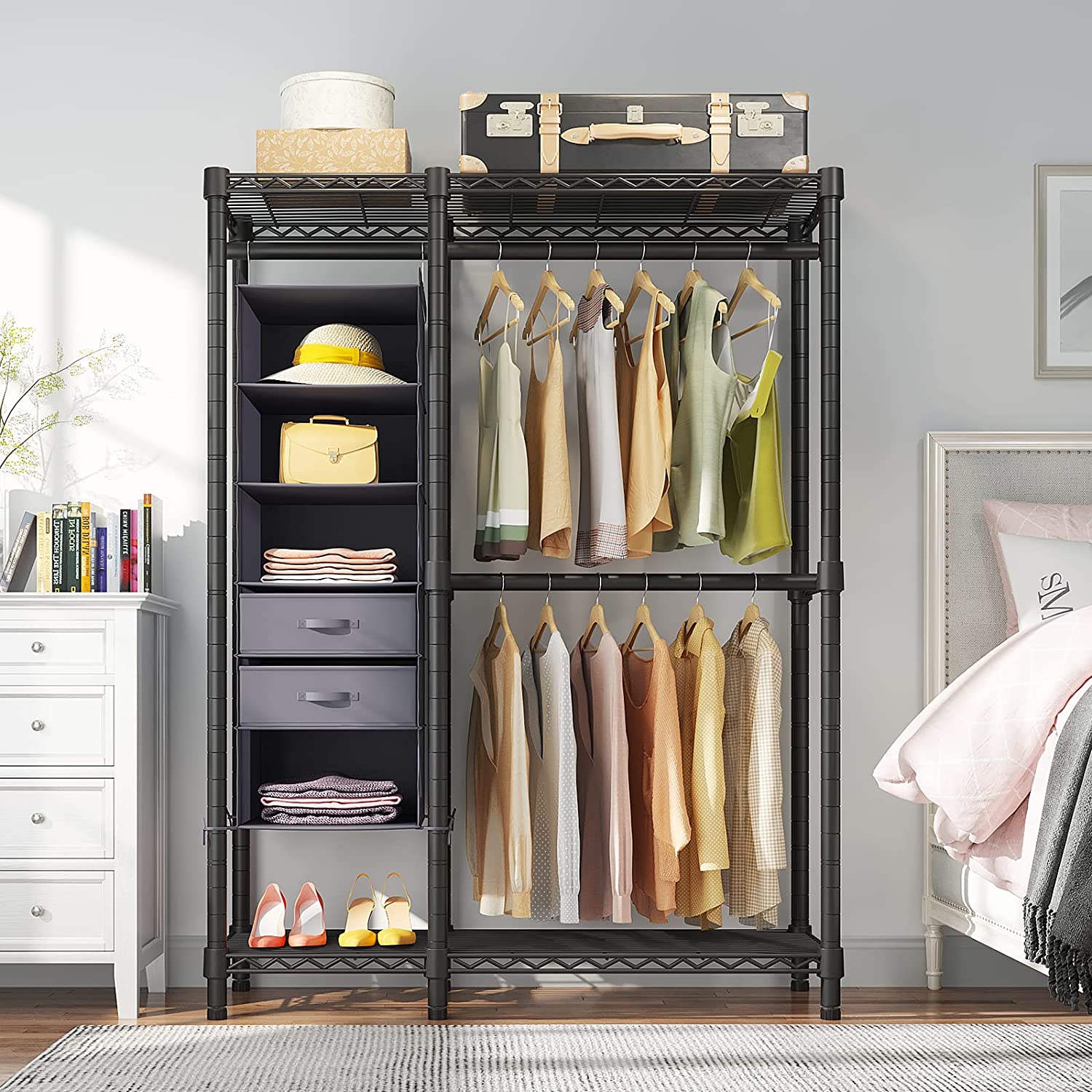
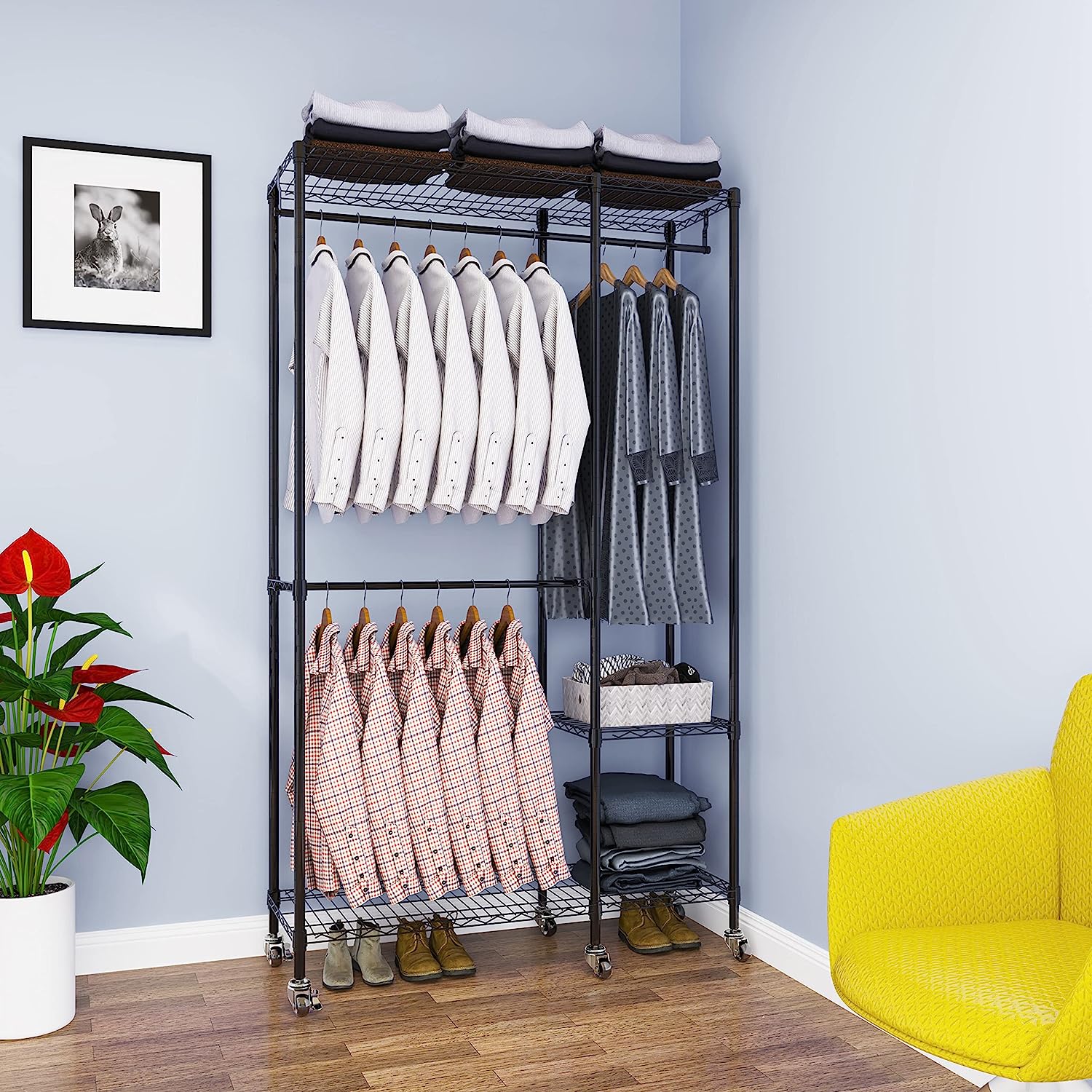
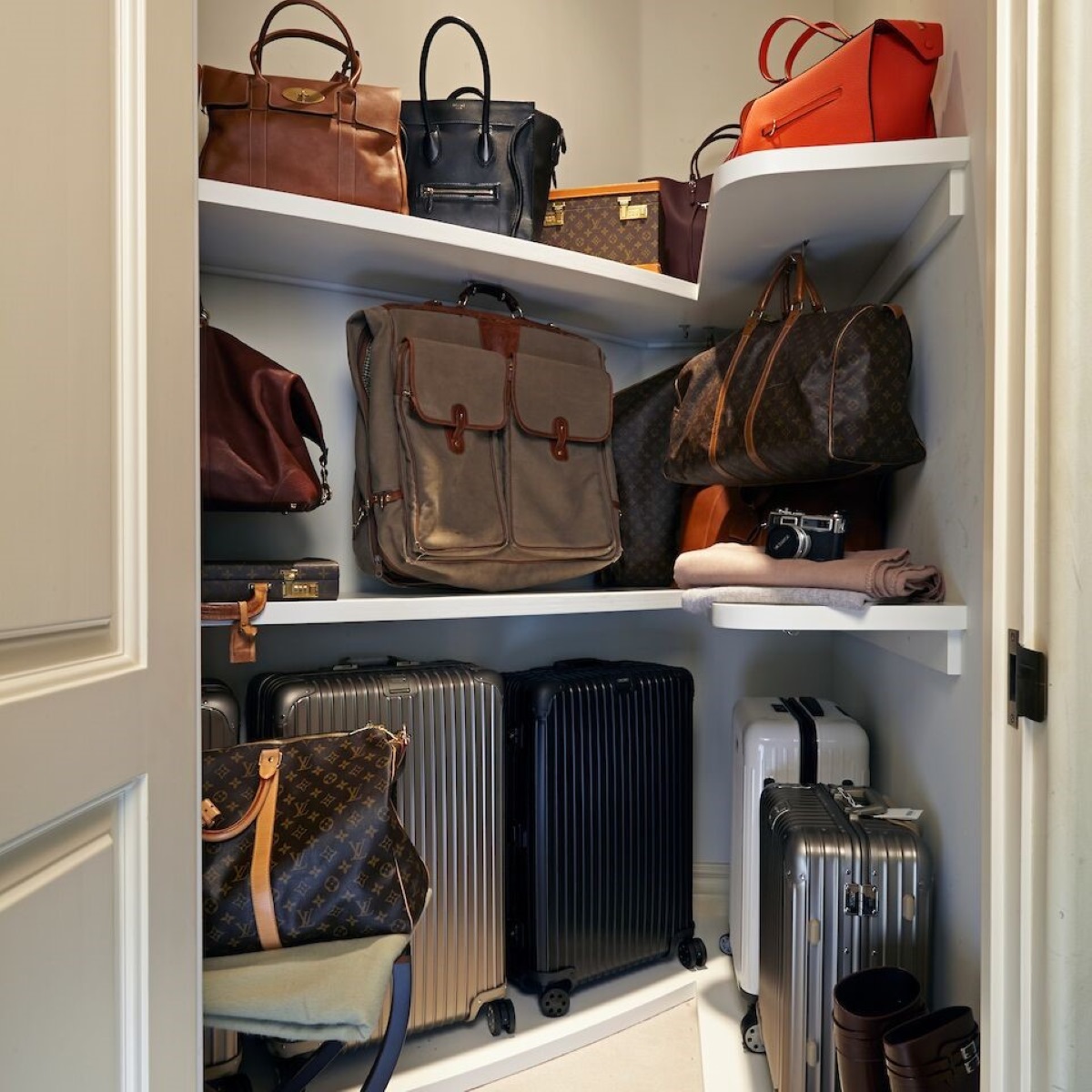
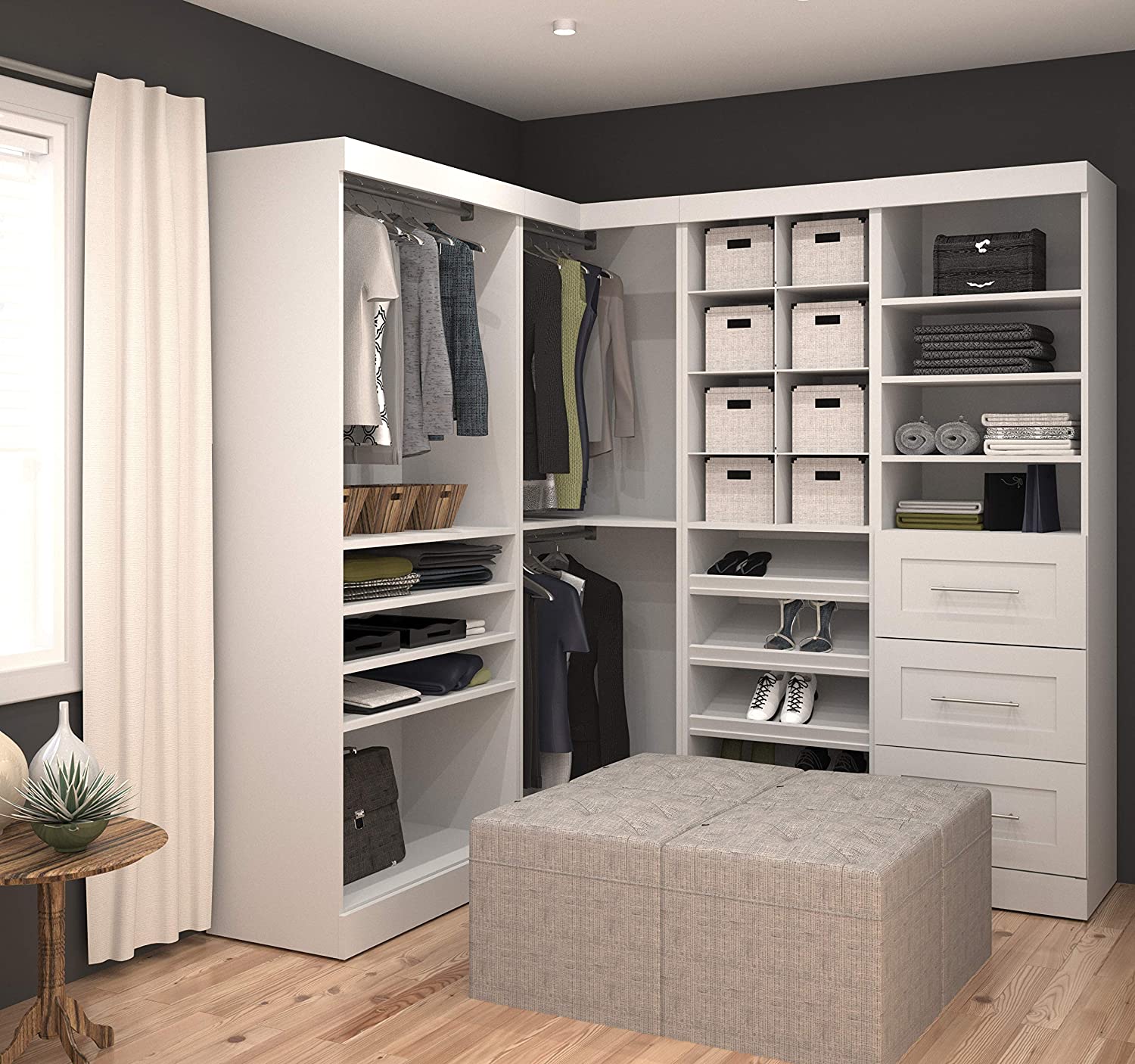
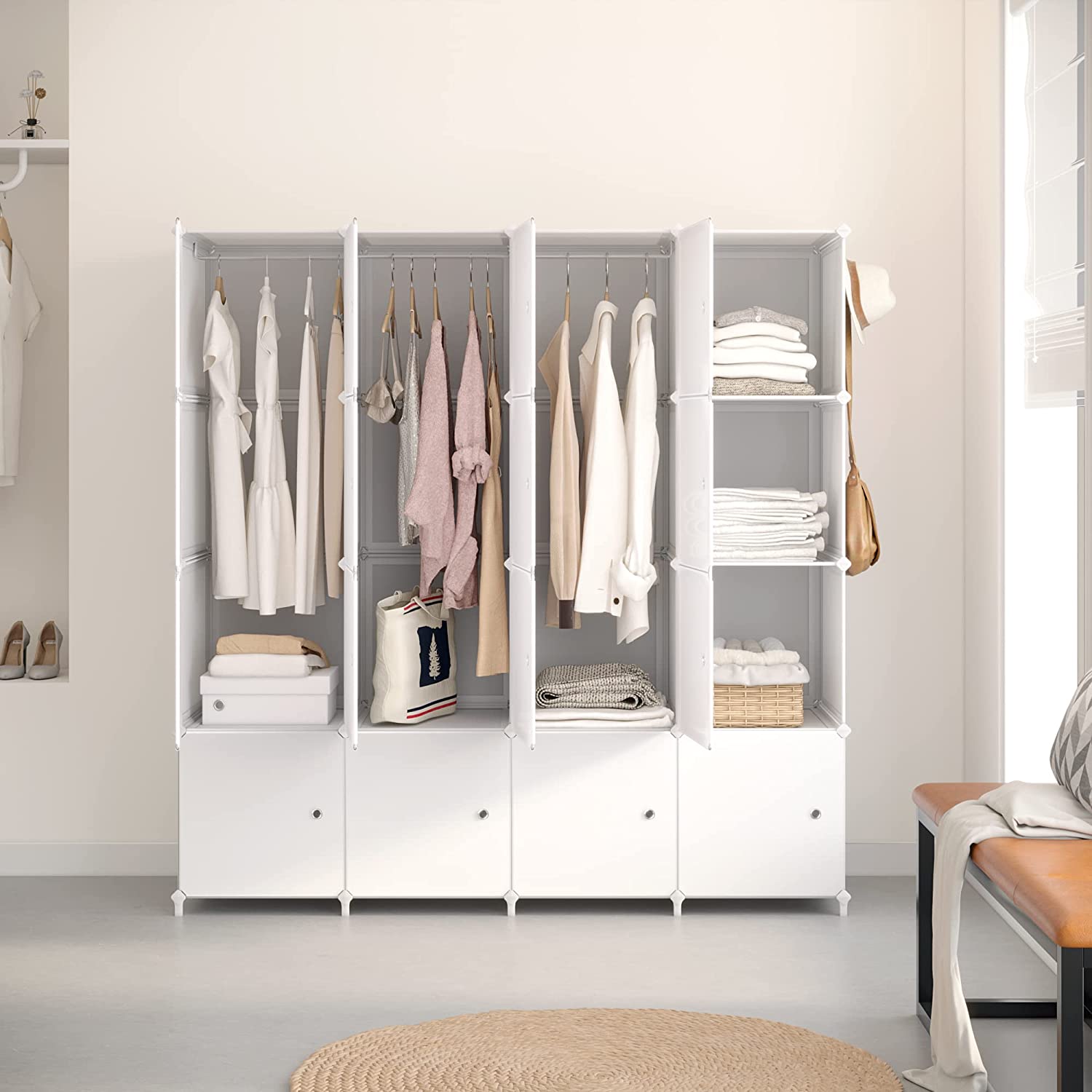

0 thoughts on “How To Organize A Clothes Closet”